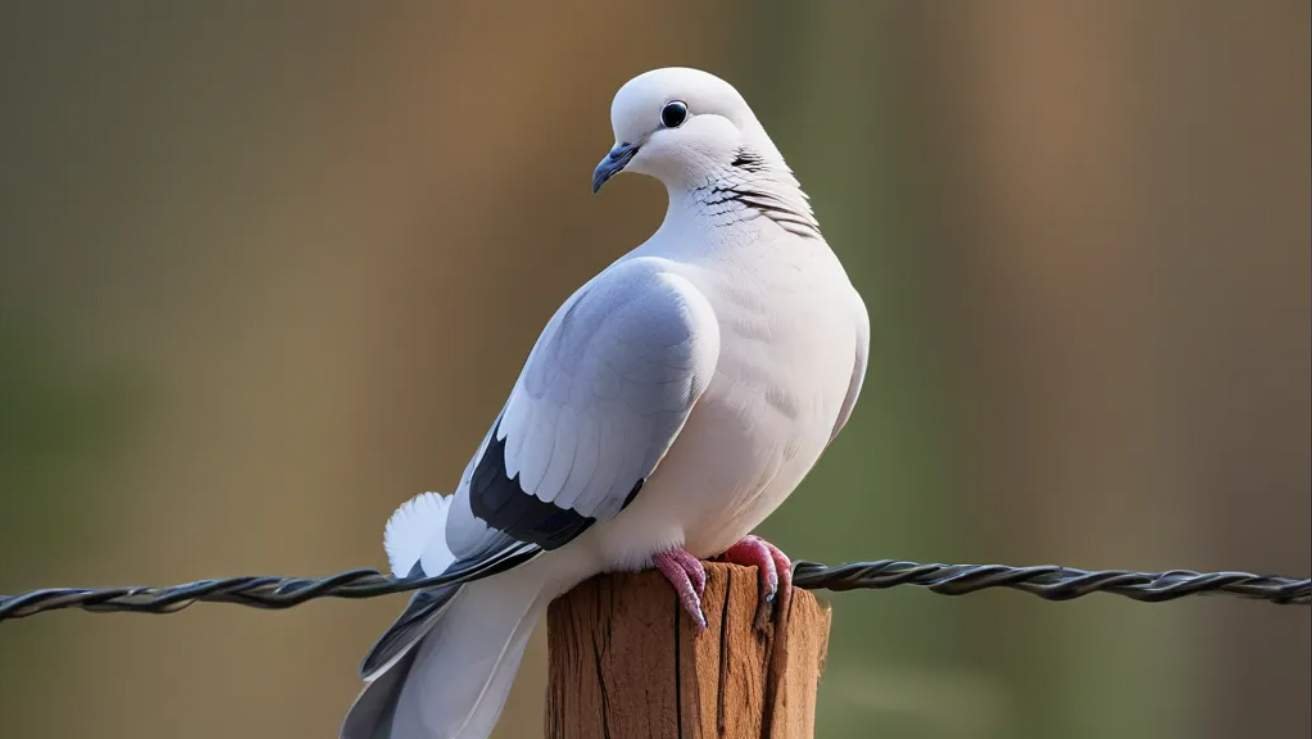Hello, Pacific Northwest hunters! As summer’s warmth begins to fade into Oregon’s spectacular fall colors, many of us start dreaming of those magical evenings in the field—the crisp air, golden light filtering through the trees, and the sudden thrill of wings whistling overhead. If that gets your heart racing, you’ve come to the right place. This comprehensive guide covers everything you need for Oregon’s 2025-2026 migratory bird seasons, from precise dates and regulations to license info and pro tips. Whether you’re chasing speedy aerial acrobats or exploring other wingshooting opportunities, we’ve got you covered. Let’s explore what Oregon has in store! 🏔️
Quick Reference: Oregon’s 2025-2026 Migratory Bird Seasons
| Species | 2025 Season Dates | Daily Bag Limit | Possession Limit |
|---|---|---|---|
| Mourning Dove | Sept 1 – Sep 30 | 15 | 45 |
| Band-tailed Pigeon | Sep 15 – Sep 23 | 2 | 6 |
| Eurasian Collared-Dove | Year-round | No limit | No limit |
| Snipe | Sep 1 – Dec 16 | 8 | 24 |
| California Quail & Mountain Quail | Typically Oct – Jan* | 10 | 30 |
*Quail dates vary by zone – check current regulations
Detailed Season Breakdown: Plan Your 2025-2026 Hunts
Oregon offers diverse wingshooting opportunities, though hunters should note that seasons here are generally shorter than in some other states, making timing crucial for success.
Mourning Dove
These swift flyers provide exciting early-season action, primarily in eastern Oregon’s agricultural areas.
- Season Dates: September 1 – September 30, 2025
- Shooting Hours: 30 minutes before sunrise to sunset
- Bag Limits: 15 daily, 45 in possession
- Hotspots: Eastern Oregon agricultural lands, particularly near water sources
Band-tailed Pigeon
This native Pacific Northwest species offers a unique hunting opportunity for those willing to explore Oregon’s forests.
- Season Dates: September 15 – September 23, 2025
- Bag Limits: 2 daily, 6 in possession
- Special Requirement: Band-tailed Pigeon permit required ($9.50)
- Habitat: Forest areas with natural mineral springs
Eurasian Collared-Dove
This non-native species provides additional opportunities throughout the year.
- Season: Open year-round (April 1, 2025 – March 31, 2026)
- Bag Limits: No daily or possession limits
- Note: Often found near agricultural areas and farmsteads
Related Hunting Opportunities
While pursuing migratory birds, you might also enjoy these additional seasons:
Upland Game Birds
- California Quail: October 12 – January 31, 2026 (varies by zone)
- Mountain Quail: October 12 – January 31, 2026 (varies by zone)
- Chukar Partridge: October 12 – January 31, 2026
Other Migratory Birds
- Common Snipe: September 1 – December 16, 2025
- Waterfowl: Dates vary by zone and species (typically October – January)
Understanding Oregon’s Hunting Regulations
Knowing and following the rules ensures both your safety and the sustainability of our wildlife resources.
- HIP Certification Required: All migratory bird hunters must obtain free Harvest Information Program certification
- Shotgun Restrictions: Firearms must be plugged to hold no more than three shells
- Baiting Regulations: Hunting over baited areas is strictly prohibited
- Non-toxic Shot: Required for hunting band-tailed pigeons and on certain management areas
- Transportation: Keep one fully feathered wing attached to all migratory birds during transport
License and Tag Requirements
All hunters must possess the appropriate licenses and permits before heading afield.
2025-2026 License Fees:
| License Type | Resident Fee | Non-Resident Fee |
|---|---|---|
| Annual Hunting License | $38.50 | $172.00 |
| Youth Hunting License | $15.00 | $15.00 |
| Senior License (65+) | $29.50 | N/A |
| Band-tailed Pigeon Permit | $9.50 | $9.50 |
| Federal Duck Stamp | $25.00 | $25.00 |
License Requirements
- Age Requirements: All hunters 12 and older must possess a valid hunting license
- Hunter Education: Required for all hunters 18 and under
- Youth Hunters: Those under 18 must be accompanied by an adult 21 or older
- Residency: Oregon residents must provide proof of 6 months continuous residence
- Military: Active duty military stationed in Oregon qualify for resident licenses
Frequently Asked Questions
Q: How do I get my HIP certification?
A: You can add HIP certification when purchasing your license from any authorized agent or through the Oregon Department of Fish and Wildlife’s online licensing system.
Q: Where are good public hunting areas in Oregon?
A: Excellent public lands include Sauvie Island Wildlife Area, Klamath Wildlife Area, and numerous national forest lands. Always check area-specific regulations before hunting.
Q: Can I hunt band-tailed pigeons without the special permit?
A: No, the $9.50 permit is mandatory in addition to your hunting license.
Q: Why is Oregon’s dove season so short?
A: The September season aligns with peak migration patterns and population management goals set by wildlife biologists.
Q: What’s the best time of day to hunt doves?
A: Early mornings and late afternoons typically offer the best action as birds move between roosting and feeding areas.
Final Thoughts
Oregon’s 2025-2026 wingshooting season offers unique opportunities amid our state’s diverse landscapes. From the quick-flying mourning doves of eastern Oregon to the forest-dwelling band-tailed pigeons of the western slopes, there’s something for every wingshooter. Remember to obtain your licenses and required permits, review current regulations, practice firearm safety, and most importantly—enjoy the incredible natural beauty that makes hunting in Oregon so special. Here’s to safe adventures and memorable moments in the field! 🌲
All hunters should verify current regulations, dates, and requirements through the official Oregon Department of Fish and Wildlife before engaging in any hunting activities. Official regulations are available at dfw.state.or.us.

